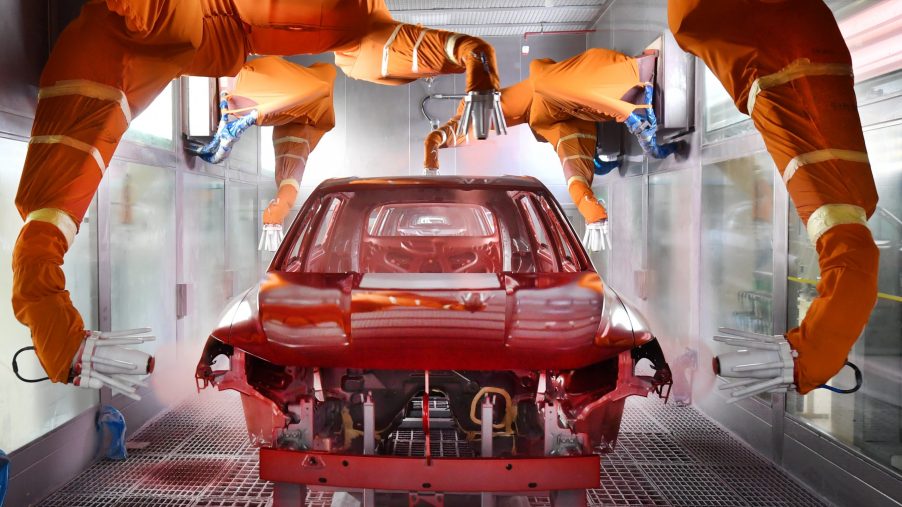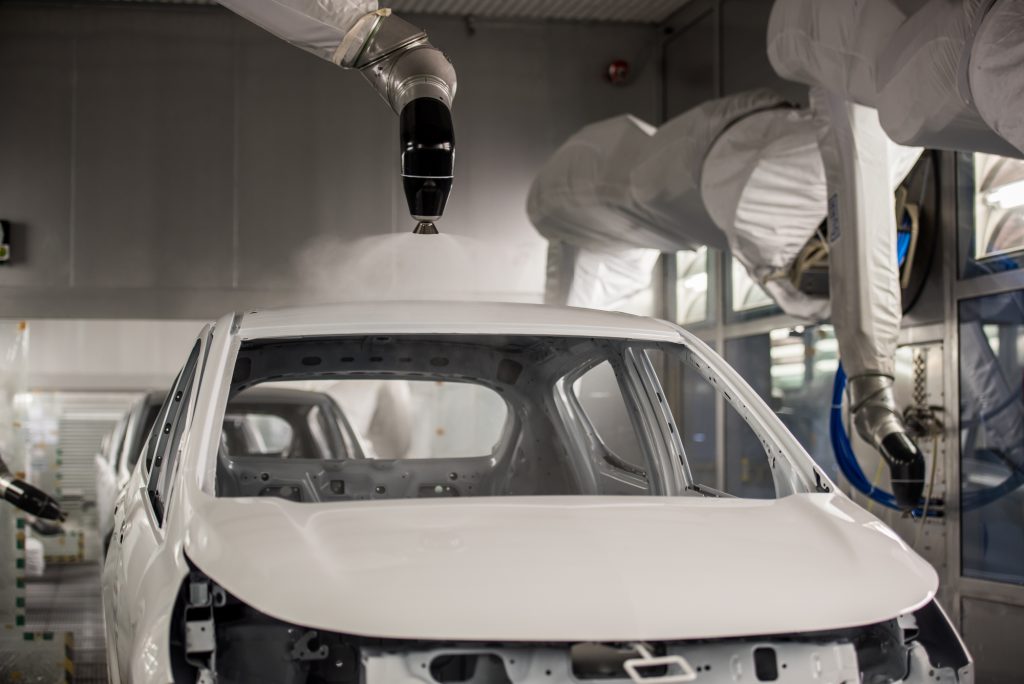Have you ever found yourself struggling with stubborn adhesive residue on your cars beautiful paintwork? Whether it’s from a decal, sticker, or tape, removing adhesive from car paint can be a daunting task. In this article, we delve into the most effective methods, tips, and tricks on how to remove adhesive from car paint. Learn the step-by-step process to ensure your car paint stays pristine while getting rid of unwanted adhesives.

Understanding Adhesive Residue on Car Paint
Why Adhesives Stick to Car Paint
Adhesives stick to car paint due to their chemical bonding properties. Understanding the science behind it helps in effective removal. Typically, adhesives are designed to bond to surfaces and provide durable hold. This same property can make them difficult to remove.
Types of Adhesive Residues
There are several types of adhesive residues you might encounter, from simple tape residue to industrial adhesives. Knowing what type of adhesive youre dealing with can help you choose the best removal method.
Preparing for Adhesive Removal
Gathering Required Materials
Before beginning the adhesive removal process, ensure you have the necessary materials:
- Microfiber cloths
- Adhesive remover or rubbing alcohol
- Plastic scraper
- Soapy water and a sponge
- A bucket of warm water
Protecting Your Car Paint
Protecting your cars paint should be a priority. Do a patch test in an inconspicuous area to ensure the adhesive remover or the method you plan to use doesn’t damage your cars paint.
Step-by-Step Adhesive Removal Process
Step 1: Initial Cleaning of the Area
Start by cleaning the area with soapy water. This helps to remove any surface dirt and grime that may interfere with the adhesive removal process.
Step 2: Applying the Adhesive Remover
Apply the adhesive remover or rubbing alcohol to a microfiber cloth. Gently rub the adhesive residue in a circular motion until it starts to break down.
Step 3: Scraping the Adhesive
Use a plastic scraper to gently lift off the softened adhesive. Be cautious to avoid scratching the paint.
Step 4: Final Cleaning
Once the adhesive is removed, clean the area again with soapy water to remove any remaining residue from the adhesive remover.
Advanced Techniques for Stubborn Adhesive
Using Heat to Loosen Adhesive
A hairdryer can be used to heat the adhesive, making it easier to remove. Apply heat in a circular motion for a few seconds before attempting to scrape the adhesive.
Chemical Solvents
For industrial adhesives, stronger chemical solvents may be required. Always follow the product instructions and safety guidelines when using chemical solvents.
Post-Removal Care
Polishing the Surface
After removing adhesive, you might notice some hazing or minor scratches. Use a car polish to restore the paints shine and smoothness.
Protecting the Paint
Applying a wax or sealant can help protect the paintwork from future adhesive residues and environmental damage.
Common Mistakes to Avoid
Using Metal Scrapers
Avoid using metal scrapers as they can scratch and damage the paint.
Skipping Patch Tests
Always perform a patch test when using a new adhesive remover to ensure it is safe for your cars paint.

FAQs on Removing Adhesive from Car Paint
1. Can I use vinegar to remove adhesive from car paint?
Yes, vinegar can be used as a natural adhesive remover. Soak a cloth in vinegar and apply it to the adhesive residue, then gently rub it off.
2. What if the adhesive is not coming off?
If the adhesive is particularly stubborn, consider using a commercial adhesive remover or seeking professional help.
3. Will removing adhesive damage my car paint?
When done correctly, using the right tools and methods, adhesive removal should not damage your car paint. Always follow proper procedures and do patch tests.
For more detailed auto care tips, visit Toyota’s painting process.
Explore more about sequencing monitoring, information units, and manufacturing inspection for more insights.